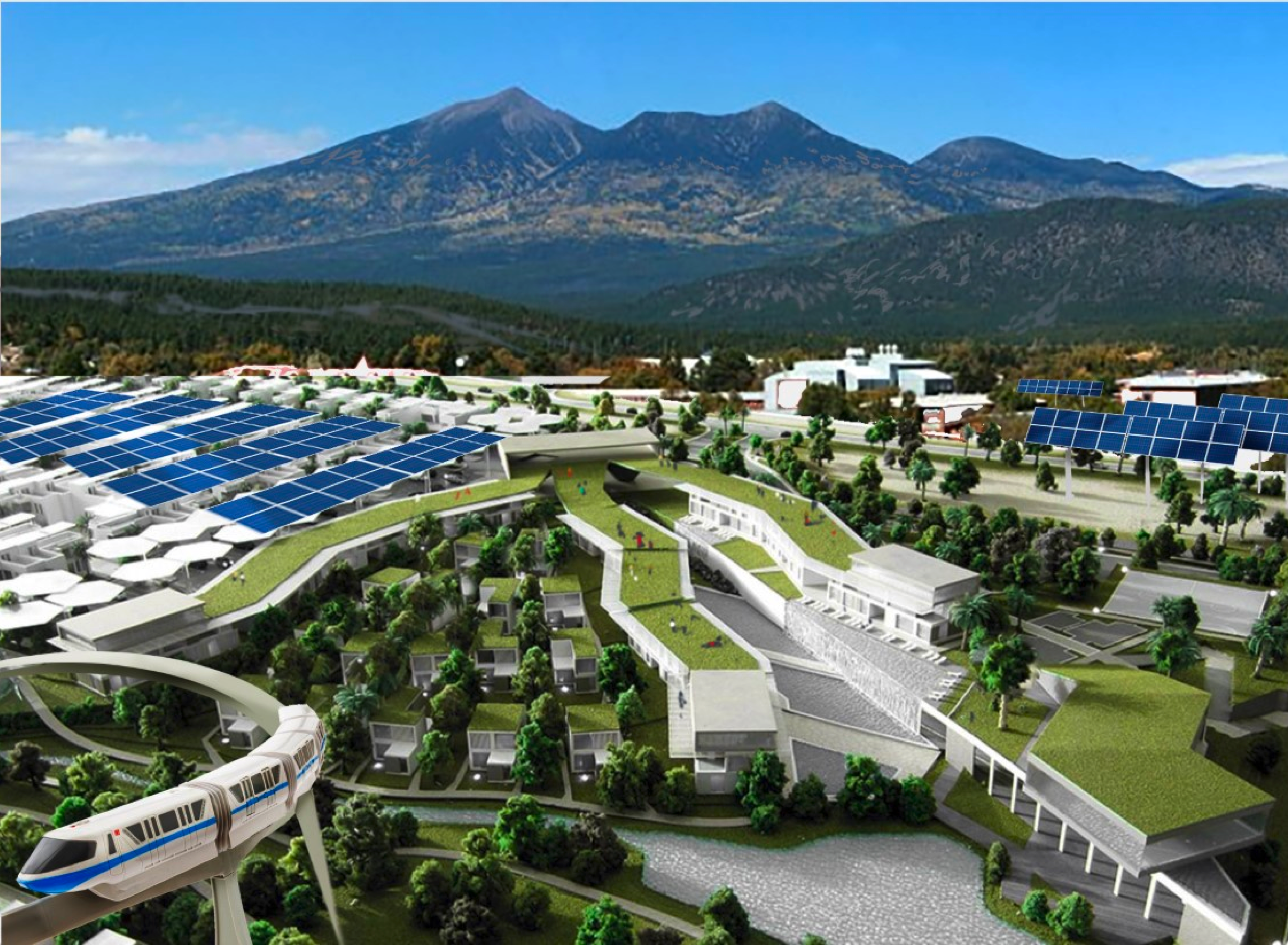Microbial functional diversity covaries with permafrost thaw‐induced environmental heterogeneity in tundra soil
Permafrost soil in high latitude tundra is one of the largest terrestrial carbon (C) stocks and is highly sensitive to climate warming. Understanding microbial responses to warming‐induced environmental changes is critical to evaluating their influences on soil biogeochemical cycles. In this study, a functional gene array (i.e., geochip 4.2) was […]


